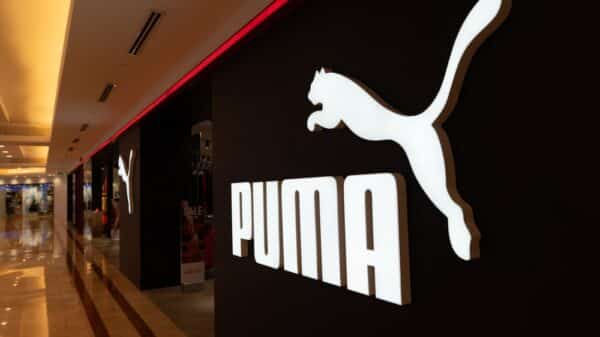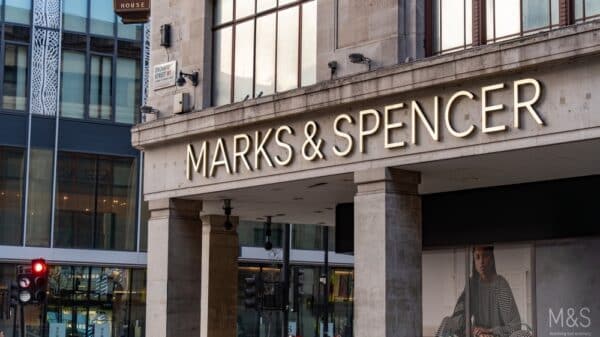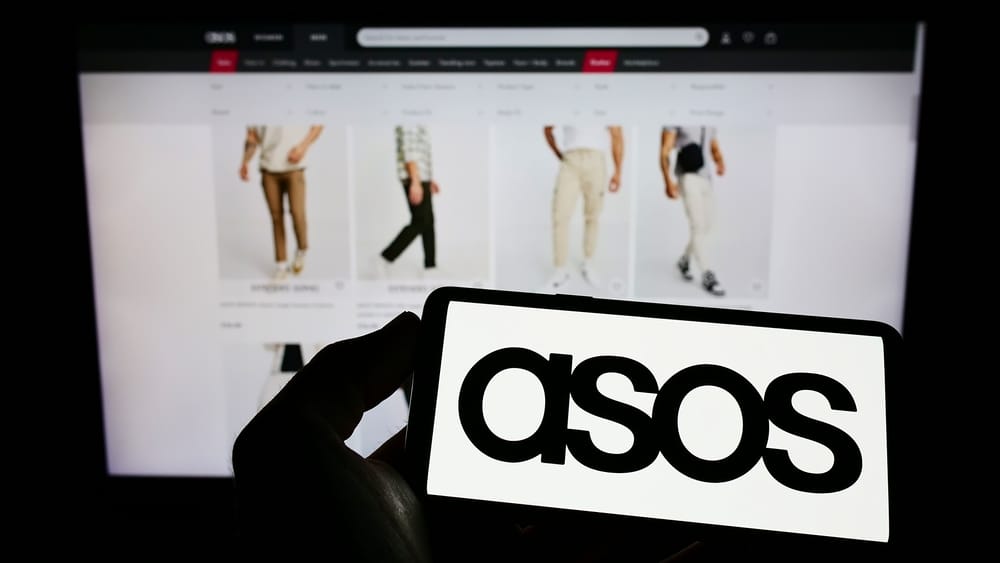Asos, the popular online fashion retailer, has recently adjusted its profit outlook for the first half of the year, signaling a “significant” boost in profitability. This shift comes despite facing ongoing obstacles connected to volume deleverage. Essentially, while the market may be pushing against it, Asos is managing to navigate through these stormy waters and emerge with brighter prospects.
The driving force behind this optimistic outlook is strong growth in gross margins. Asos has noted a remarkable reduction in markdown activity, which means they’re not having to deeply discount their products as often. By selling more items at full price and sticking to disciplined costing measures, the company has notably improved its financial health. This is good news for not just Asos but also for shoppers who appreciate quality without the steep discounts that can sometimes signal overstock issues.
As we anticipate the first-half results next month, Asos has stated that its revenue is expected to grow in line with what analysts predict, while adjusted EBITDA, a crucial measure of profitability, is expected to outstrip estimates. They project total sales growth of 13%, an adjusted EBITDA of £34 million, and an adjusted EBITDA margin of 2.6%. These figures represent not just numbers on paper; they signify a company that’s finding its footing and working hard to keep its customers happy.
In particular, Asos pointed out a strong return of its own brand full-price sales, which is a vital aspect of its ongoing customer engagement strategy. This resurgence is attributed to a well-structured approach called the Test & React model. This model allows Asos to quickly adapt to current fashion trends, ensuring they provide the most appealing and relevant products to their dedicated community of fashion enthusiasts. In fact, over 15% of their own-brand sales are now utilizing this agile strategy, reflecting a keen understanding of consumer desires.
Adding to the buzz, Asos has seen a surge in its share prices after Anders Holch Povlsen, the company’s largest stakeholder, raised his stake to just under 30%. This increase is significant because it nears the threshold that would force a mandatory takeover bid, indicating strong confidence from major investors in the brand’s future trajectory.
For those who have been navigating the ups and downs of the retail market, it’s encouraging to see a brand like Asos finding substantial footing. Their journey highlights the importance of adapting to market trends, maintaining quality, and understanding customer needs – all essential components that not only bolster the brand but can also resonate deeply with shoppers who are looking for reliable choices in the ever-changing landscape of fashion. Asos’s story is one of resilience, strategy, and connecting with consumers in ways that matter.
Image Source: T. Schneider / Shutterstock































